If you are a worrying parent, or just about to go on your first hike – you are probably asking yourself – is trekking dangerous? During my previous walks I did encounter some risks I found necessary to present here. With some of the following scenarios I didn’t have to deal personally, however, they are common and are worth mentioning.
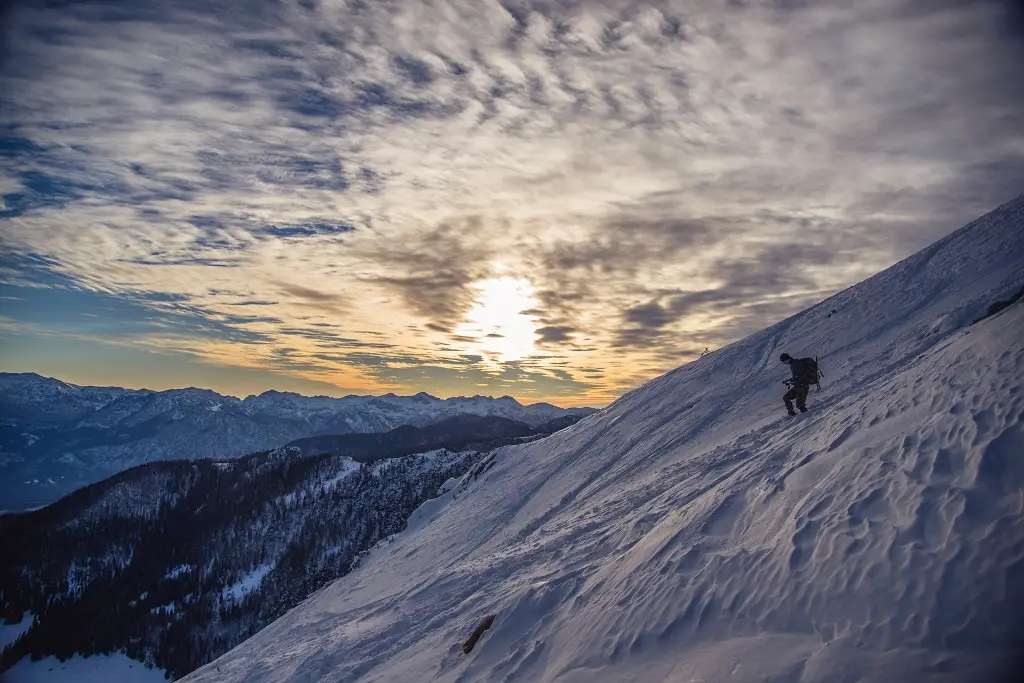
In general, trekking is not dangerous. Like crossing the road – it is featuring some risks; nevertheless, most of them can be avoided by taking the necessary steps.
In this article, I will list a few that I found essential, and offer each one a few ways to deal with.
Getting Lost
One of the scariest things any trekkers wouldn’t like to face with is getting lost.
It doesn’t matter if you are new in the trekking field, it is straightforward to get lost in new, unfamiliar areas.
Personally, that didn’t happen to me on my long hikes, yet, I always had some assistance.
The West Highland Way in Scotland was a single, straight trail – and it was pretty obvious where you should go.
On my treks in Israel, I usually wasn’t alone and had people with me which were familiar with the surroundings.
Getting lost along the way can be dangerous, especially if you are traveling in forests or deserts.
For that, I highly recommend you take a compass and a map with you (read about my 15 mistakes that I did during my first hike on that topic).
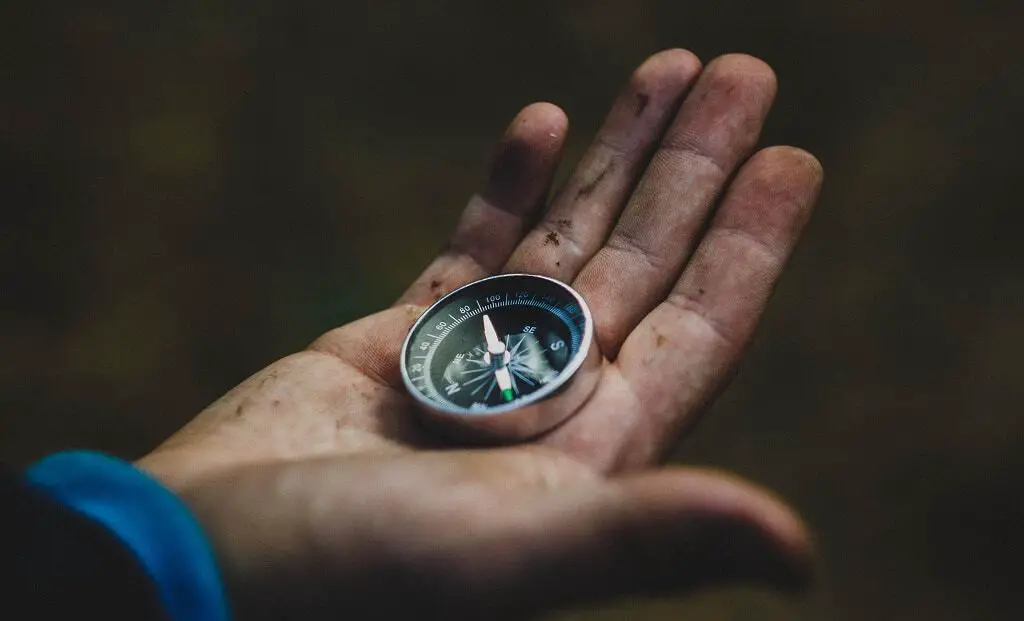
Alternatively, for those of you who feel comfortable with technology, a GPS might do the work.
There was no single hike which I haven’t used a map, and I always knew how to fix quickly wrong decisions.
In addition to that, try not to hike solo. It is better to have a guide or at least a friend who knows the way or has previous experience with navigation.
Falling
That might sound obvious or even ridiculous, but falling can be the cause that would end your hike.
There are countless scenarios in which slipping and falling can dramatically affect your journey.
You might twist an ankle, or even worse – break your hand or legs. If you are by yourself – there is just nothing much you can do about it.
Falling is almost inevitable – there will always be that rock or that turn that will tackle you.
I would still advise you get hiking boots with a good grip (you might find my article about the best lightweight hiking boots useful for that purpose).
If you already own a pair and you feel they are slippery, you might find this article useful as well.
Whether or not your hike includes dangerous ascents or descents, I highly recommend you try getting some trekking poles upfront.
For the worst-case scenario preparation – you might also find a rescue transducer helpful. That device would merely call for help, no matter where you are at.
Caught By a Storm
We all know how unpredictable the weather can be. A bright sunny day may turn to a horrible storm within hours.
I was caught by the Strom Ali when I was hiking the West Highland Way. I wasn’t prepared for it, so I find it necessary to teach you from my bad experience.
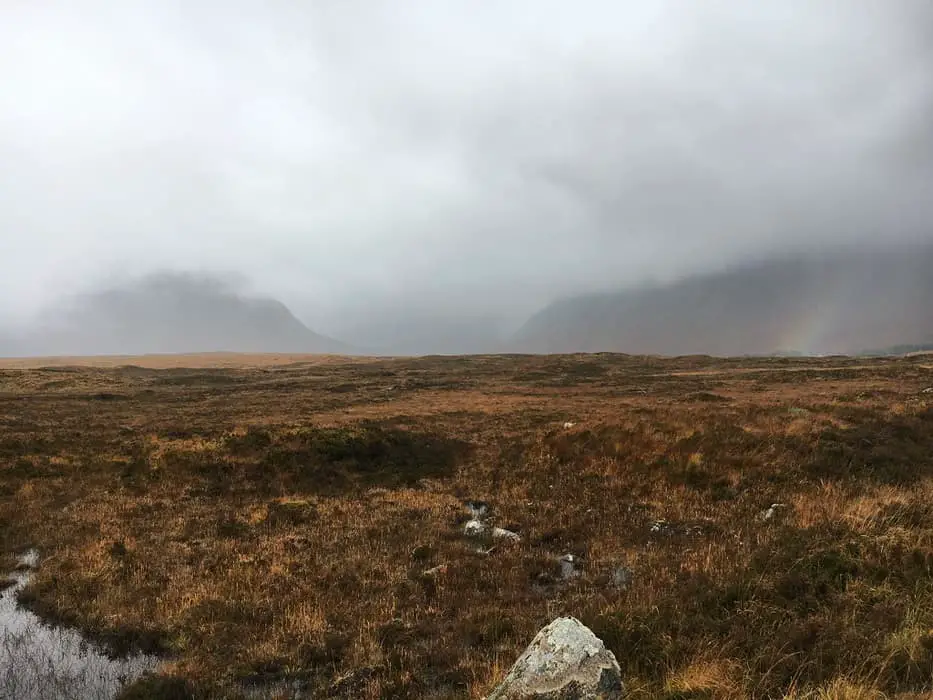
The first thing you should do when a storm comes is finding shelter. That could be a building, or even just getting behind trees.
Stay there until the storm passes, don’t try to walk through it as I did – it is incredibly irresponsible.
One product I wasn’t familiar with, which a friend of mine was telling me about, is an emergency sleeping bag.
Once a storm catches you, go inside it until things start to relax. That bag would preserve your body’s warmth and would provide a waterproof shelter.
Poisonous Plants
If you are new to hiking – do not eat fruits or plants along the road.
A fresh, juicy fruit can be tempting if you are hiking for a while and feeling hungry. Mushrooms along the road can also look like a nice touch to your launch break.
However, putting things you are not familiar with your mouth can end up badly – try bringing some dry fruits to avoid temptation.
If you are still determined to try mother nature appetizers, perhaps you should get yourself a plant guide for the specific area.
Dehydration
This one is pretty obvious, although, it would be a sin not to mention as a part of trekking risks. As a trekker familiar with the Israeli climate, I feel an obligation to warn you from dehydration.
It doesn’t matter if you are trekking hot or cold climates though, dehydration can still occur. Proper hydration would be around 1 liter every two hours – so make sure to stick with it.
I suggest you plan upfront in which locations you will be able to buy or fill your bottles, so you don’t have to carry it all on your back.
You may also check out some hydration systems for extra comfort.
Hypothermia
Cold weather can quickly cause hypothermia when not prepared properly.
That could happen during the hike – when you sweat and decide to take off some clothes – exposing your body to the breeze and evaporating sweat.
Another possible scenario would be during night time when you are already inside your tent (if you are even planning on having one).
I wasn’t prepared for Scotland cold nights when I was taking my hike. During the nights I couldn’t fell asleep because of the cold.
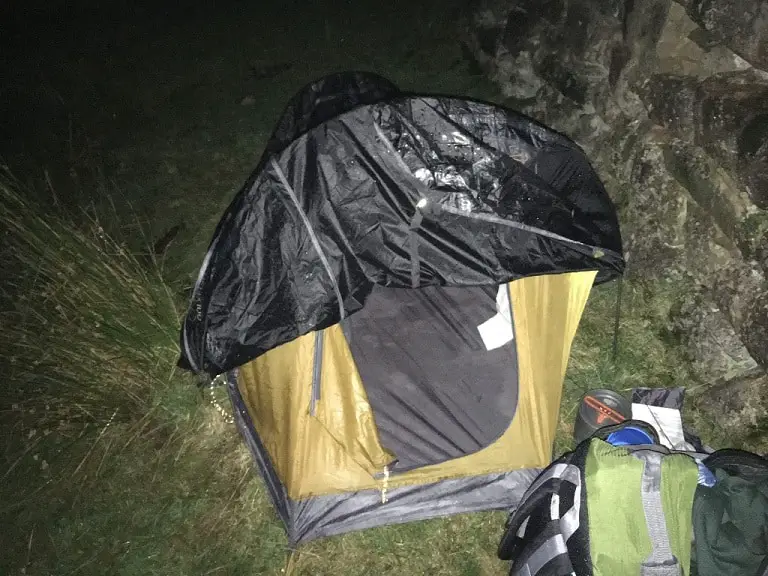
In the mornings – I was still cold because my sleeping bag got damp.
Make sure you bring some thermal shirts with you – they can make all the difference.
You should also consider using some sleeping bags liners, or maybe invest in a proper down-filled sleeping bag.
Animals
Animals that can hurt you vary from place to place. The most dangerous would be bears and snakes.
If you are planning on a hike, I highly suggest you pick a trail which is fenced. Fortunately, popular treks and those within national parks are usually are.
The fence would keep away large animals, but usually not sheep and deer – yet, you should be less worried about those.
During nighttime, make sure you close your tent door so snakes and insects won’t be able to come in.
I also advise you keep your boots inside a plastic bag when you are not using them, so you don’t wake up with an unwanted guest inside.
Campgrounds are usually protected, so make sure you camp at these for at least some part of your journey. Go wild camping only in areas which allow it by law.
Food Ran Out
There were several times during my treks in which I just ran out of supply. That was because I didn’t want to pack too much and burden my back.
Don’t compromise on food – your body needs a considerable amount of calories on long hikes. If you are worried about a heavy backpack, focus on lightweight products.
For instance, don’t buy tin cans, they weigh too much – stick to plastic instead. Plan your meals, and know how much you would each and how often.
I also found heaving a map which shows grocery stores along the road handy. That way I could buy food and eat it instantly, avoiding carrying it along the way.
Altitude Sickness
If you are planning on mountaineering, or any trek which involves a significant ascent, you should be careful from altitude sickness.
That one would happen due to lack of oxygen in lower barometric pressure. The best way to avoid this is by acclimatization – you let your body get used to the height.
To do so, you should take breaks between ascents, each time you reach a specific altitude.
Just stay at the local village or campground for a day or two before you proceed.
Poor Planning
That isn’t precisely a danger; however, it can very quickly turn into one. My perfect example would be my hike along the Aletsch Glacier in Switzerland.
I was planning carefully where I would sleep the day before and how to get to the start point. Nevertheless, I forgot taking into account the weather conditions.
That one is a long story, but it ended up in me buried in some heavy snow which almost ended my life. Don’t underestimate the importance of a proper trip plan.
Just spend a few days picturing different scenarios, and try taking as many variables into account as possible.
I would also advise watching some Youtube videos of your trail at the same month you are planning to go. That way you can quickly estimate the weather conditions, and get prepared for at least that.
Currents Drifting
I had several hikes where I was encountered with little river streams which I had to pass.
Most of the times they were apart of the trail, while in others I just wanted to improvise to get a better view.
Not once I almost slipped on these wet rocks. Fortunately, nothing too wrong had happened – however, I admit, that is not 100% responsible.
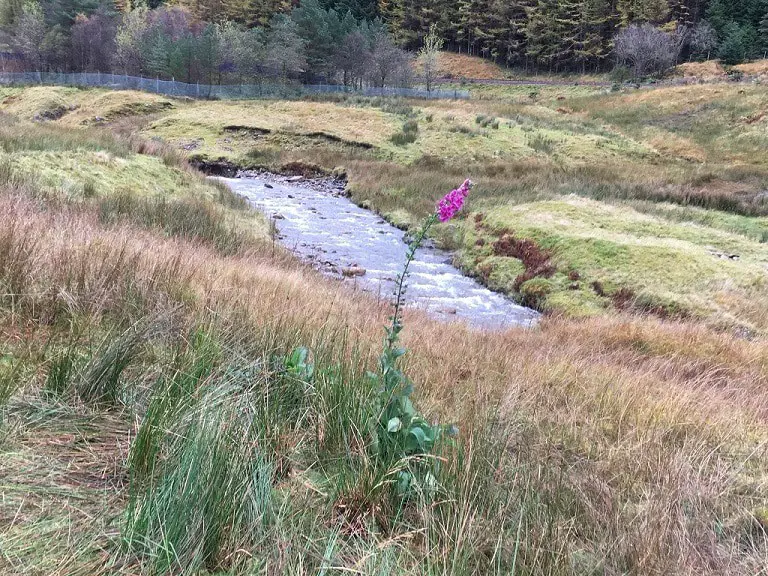
If your trail includes a few of these, you should take a few steps up front. First, make sure you pick hiking boots with a good grip.
Those would be boots which usually feature a Vibram sole, with good treads structure. You may find more useful information about slippery boots in this article mentioned already above.
Trekking poles would also be a great choice since they provide a better balance and may assess the depth of streams before stepping in.
Sun Stroke
Sun/heat stroke is one of the most dangerous things that could happen to you when hiking in hot climates.
It happens due to prolonged exposure to high temperatures and is usually accompanied by dehydration.
There are different ways to prevent this from happening, starting with your cloth. Make sure you pick lightweight clothing with a light color, which doesn’t absorb heat.
Use a wide brim hat and a sunscreen with sun protection of 30 or more. To prevent dehydration, make sure to drink at least a liter of water every two hours.
When you are sweating, your body is also losing a significant amount of salt.
Hence, it is highly recommended to eat food which is enriched with salts, such as salted almonds and cashew nuts.
How can I know where wild camping is allowed?
Wild camping differs between states and lands. In USA national parks, for examples, you are usually allowed to camp only in campgrounds – with just a few exceptions.
In Forest Service and BLM Lands, you can camp anywhere you want unless it is said otherwise.
So how can you know for sure? Well, usually it is posted pretty obvious when you go off the main road.
If it doesn’t, the best way would be getting the area’s map, which states where camping is prohibited.
My advice is asking the locals. Each time I got to a new place, I was looking for the closest Information Center and consulted the experts.
How can I minimize danger?
You have to understand that risks and danger scenarios are an integral part of hiking. No matter how hard you try, from my experience, something would probably go wrong.
However, it is possible to minimize risks. The most crucial factor, in my opinion, is planning – know your trip fundamentally before taking off.
Read guides, watch Youtube videos about it, so you won’t be surprised when you finally get there.
The second advice would be preparing for the worst case scenario. You should always have a plan B, in case something terrible would happen.
Your plan B can be a rescue transducer, or only just a cell phone. As long as you can reach for help – you will do just fine.
Conclusions
Trekking, like everything in life, does have its risks. They are generally divided into climate conditions, physical complications, living creatures, and wrong preference.
It is critical to know your hiking area thoroughly. You should take into account weather conditions, altitude, surrounding animals, streams crossing and camping possibility.
An excellent way to start would be reading guides across the internet, or maybe watching some Youtube videos which were taken at the same period your journey is going to be.
You should remember that the only practical way to minimize danger is by preparing properly, and there is no better way to for that than knowing.
I wouldn’t say that trekking is dangerous if treated right. Don’t let your fears from stopping you – but do not underestimate them either.

